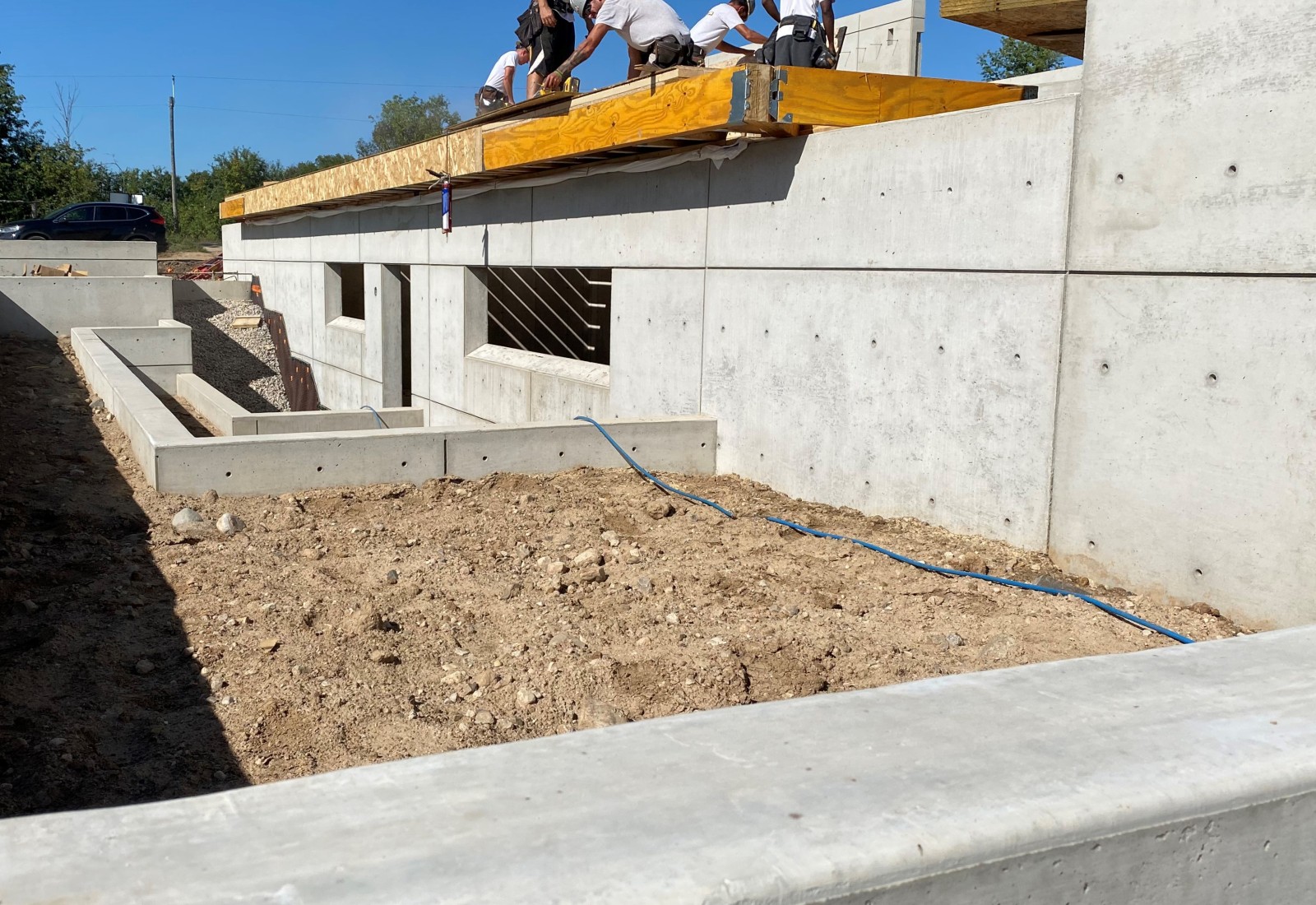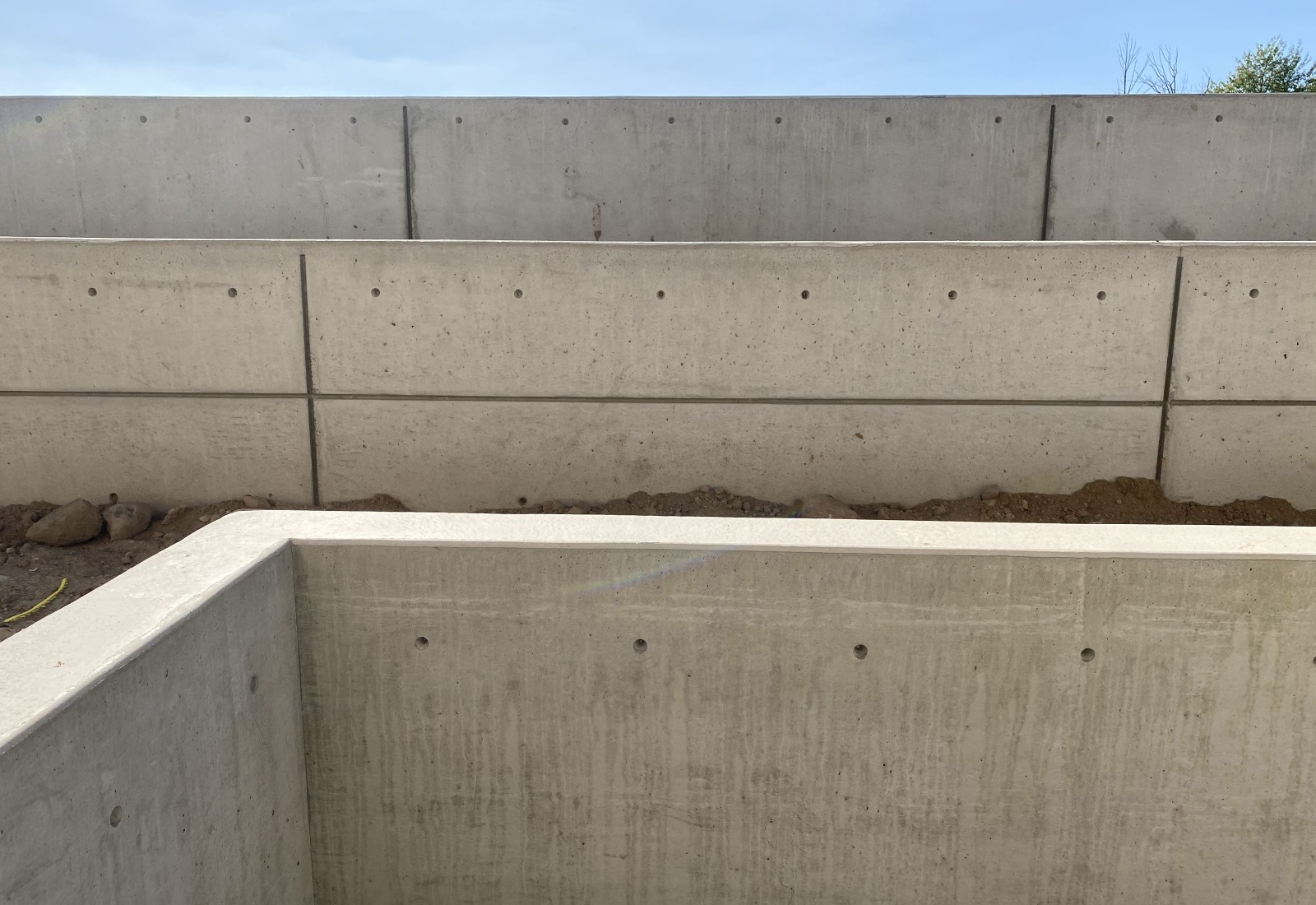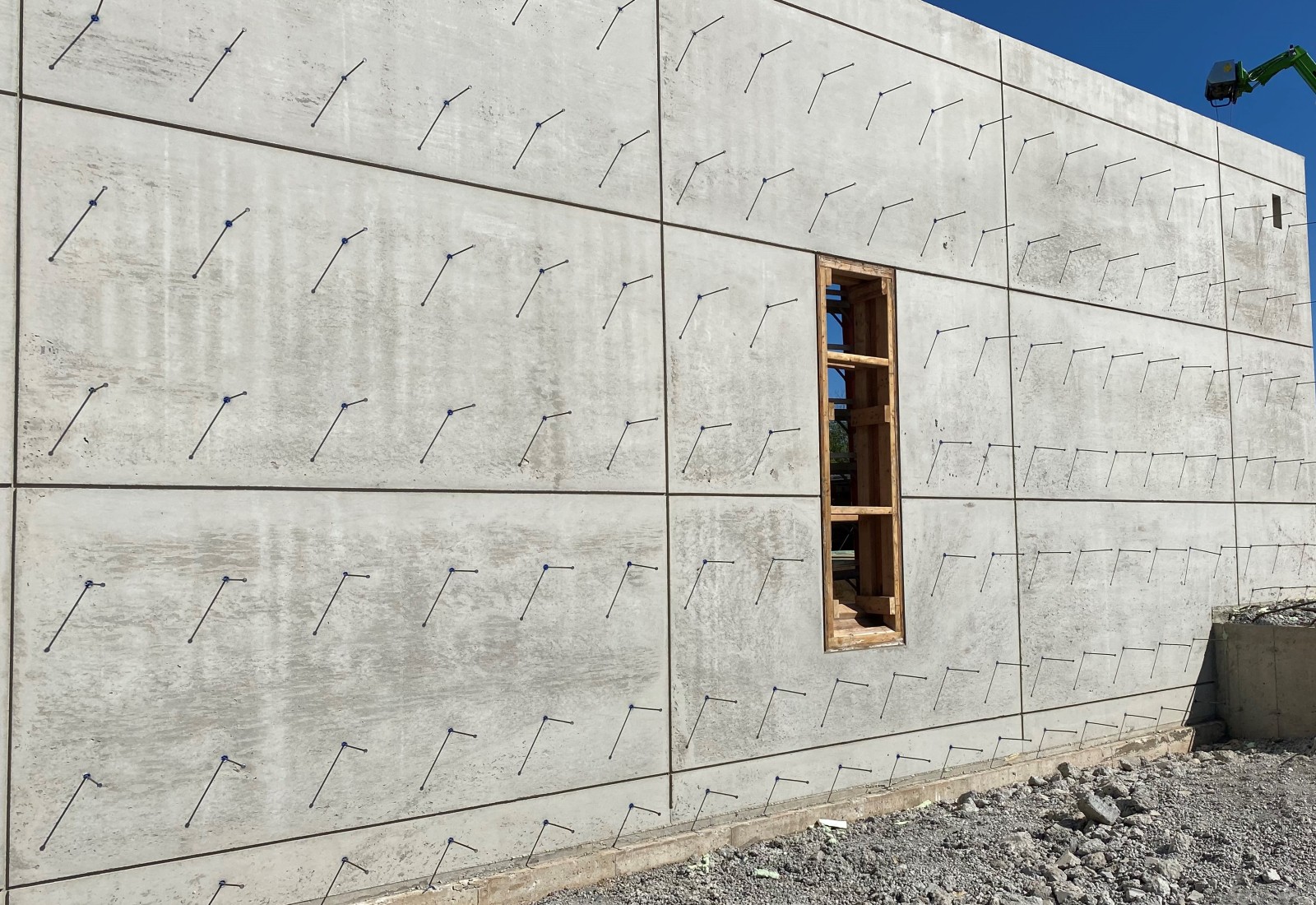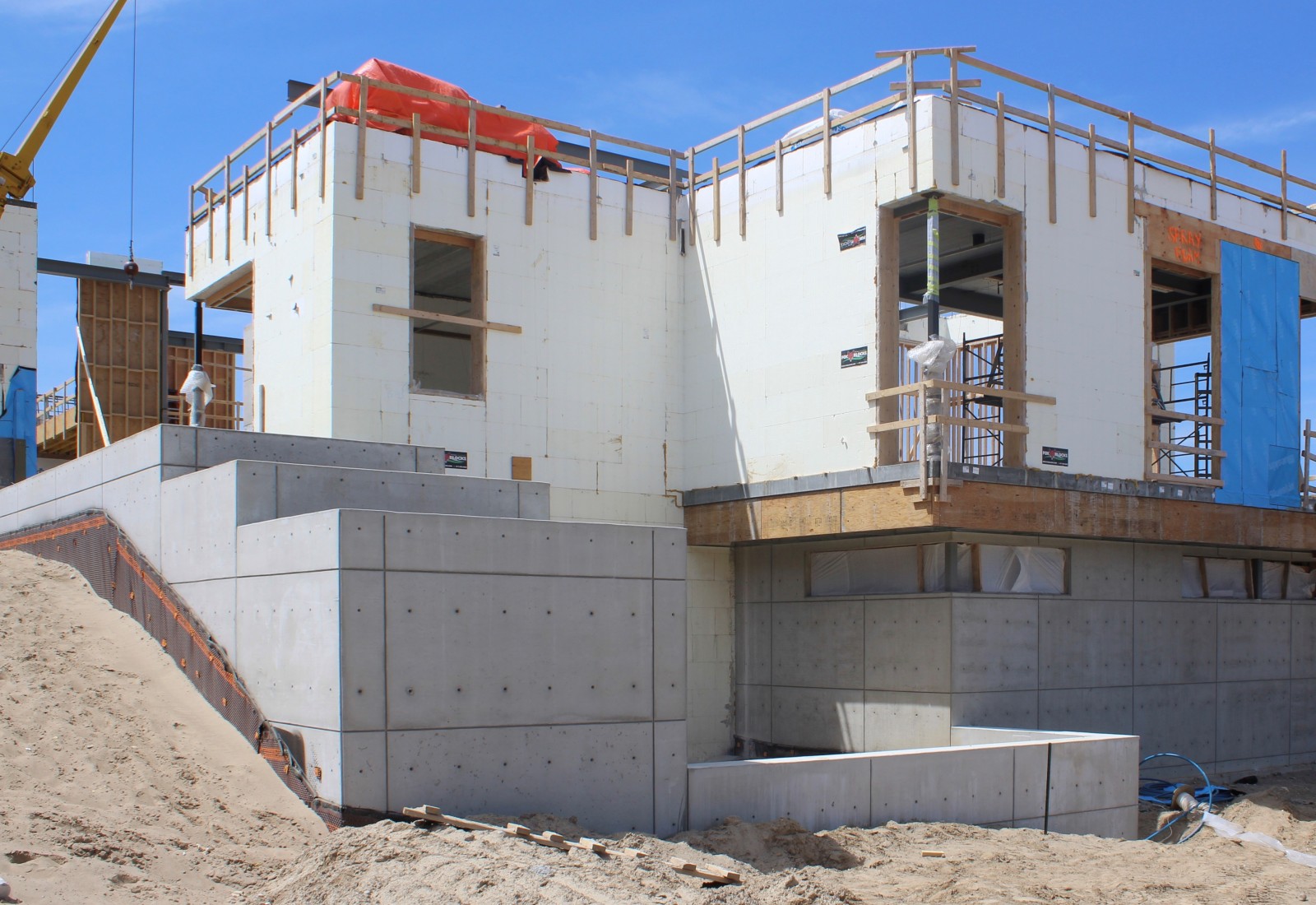Advice, news & updates
Achieve Impressive Results for Your Next Home with Modern Concrete Design

The use of architectural and decorative concrete has been used for centuries, and we are seeing more and more unique ways to work with it as a design element in modern architecture in order to give a home the wow-factor. For this article, Mark Buckley of Peg Architects shared with us why he incorporates architectural concrete into design and the many benefits realized by its usage in a modern home.
What is it?
Architectural concrete is a long-lasting aesthetic finish, left visibly exposed. From a design aspect, architectural concrete is not only used as a material or finish but as structural reinforcement; it communicates the form of the design clearly. It's versatile in that it offers many different uses and applications, in addition to unique surface finishes. The flexibility of concrete in design allows you to create structures not possible with other construction materials.
What Are Some Benefits to Using This Application?
Mark shared his fundamental reasoning and preference in using concrete for certain projects: Its monolithic structure allows for a consistent gray tone. He also described how the material is able to accept lighting over other materials, which can complement the overall ambiance or style you are trying to achieve for your home. And despite the thought of it being a heavy material, if done right, it can appear weightless and light inside a space or home's design.

In a reference to a new home Slotegraaf is building in collaboration with Peg Architects (pictured above), you can see how the concrete interacts with other design pieces; allowing for other elements to stand out. A few other reasons homeowners may prefer it are below:
Strong & Durable
Fire Resistant
Noise Control
How Do I Achieve the Look I Want?
Because it's permanently exposed, Mark noted how contractors and planning architects must work with precision and take special care in the selection of the concrete materials, framing, pouring, and finishing; while also keeping in mind budget and style preference. Appropriate formwork systems and formlining allow for virtually any shape and quality if executed with accuracy.
Concrete Building Systems:
Concrete Block
ICF (Insulated Concrete Forms)
Panel Systems: Precast & Tilt-up
Removable Forms (Cast-in-Place)
Autoclaved Aerated Concrete (AAC)
Surface Finishing and Texture Options:
Troweled (or Floating)
Stamped
Brushed
Blast cleaned or mechanically tooled
Exposed aggregate
Polished
Tinted
Mark emphasized how most homeowners appeal to the natural look of it or having it tinted slightly darker on the interior.
Exterior Design Ideas & Applications:

Footings & Support
Exterior Walls
Outdoor Entertainment Areas
Outdoor Planters & Landscaping
Interior Design Ideas & Applications:

Countertops & Sinks
Staircases
Feature Walls
Floors
Chairs
Fireplace Surrounds
Home Gyms




